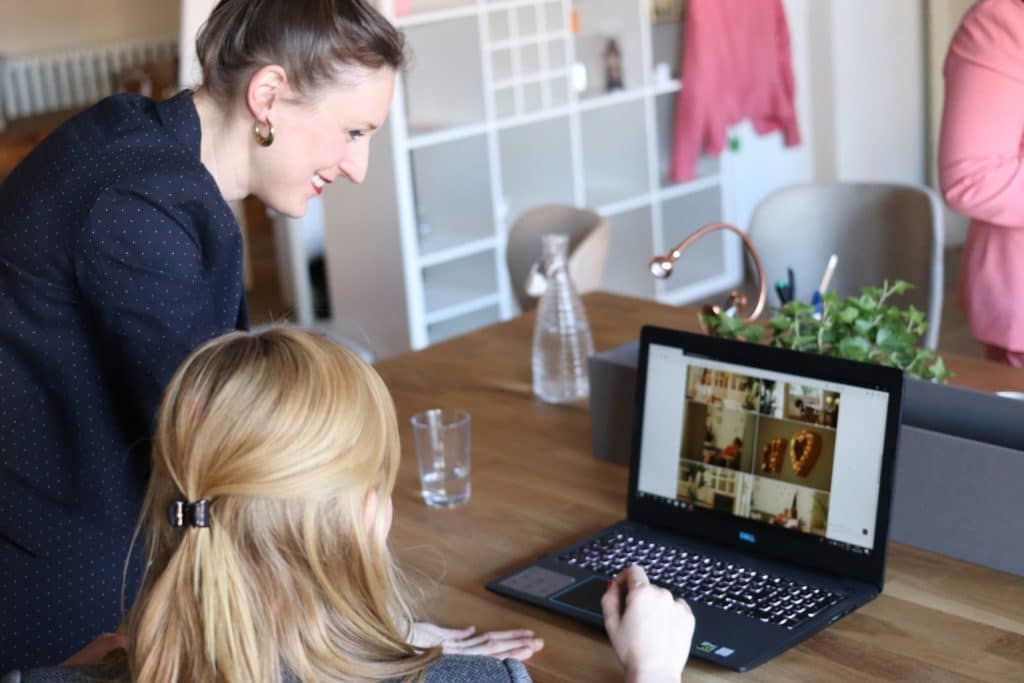In the digital age, where visual content reigns supreme, having captivating website images is crucial for attracting and engaging visitors. Whether you’re a web designer, blogger, or business owner, understanding the art of creating stunning website photos can elevate your online presence and leave a lasting impression on your audience. In this article, we are going to talk about the essential elements and techniques to help you create visually appealing images for your website. Let’s take a closer look at the best 5 tips to prepare them.
1. Using the Right Filetype
WebP is a relatively new filetype developed by Google, designed to offer superior image compression while maintaining high-quality visuals. WebP files generally have smaller sizes compared to JPEGs and PNGs, resulting in faster website loading times. However, it’s important to note that not all browsers fully support WebP, so fallback options should be provided for compatibility.
GIFs are well-known for their ability to support animation, making them a popular choice for displaying short, looping videos or creating engaging visual elements on a website. GIFs have limited color support and lower image quality compared to JPEGs or PNGs. Additionally, they tend to have larger file sizes, so they should be used sparingly and optimized for web usage to minimize the impact on loading times.
Another popular option is JPEG. They are the perfect choice for photographs and complex images that require a wide range of colors and details. However, it is important to be mindful of the compression level, as excessive compression can result in noticeable artifacts and image degradation. It’s also recommended to use PNG files. It’s a go-to option for publishing logos and graphics online. But keep in mind that they are typically bigger in size than JPEG.
2. Photo Editing for Website Images
Website images also might need changes, such as cropping and resizing. You can do it even with zero experience if you have an automatic photo editor at your disposal. You can also enhance the quality of your pictures, correct colors, and retouch portraits for magazine-worthy results. Instead of spending hours editing each picture manually, a photo editor with AI technology can process multiple images simultaneously in mere seconds. What’s more, this lets you maintain consistency by using the same edits, presets, and filters.

3. Image Optimization
Website speed is a critical element in search engine rankings. To ensure fast-loading pages, it is essential to optimize your image file sizes without compromising on quality. You can achieve this by compressing your images using tools such as TinyPNG or JPEGmini. By reducing file sizes, you can enhance page load times and optimize overall website performance.
4. Relevance of the Images
Selecting images that are relevant to your website’s content and target audience is key. They should be relevant to your brand and its goal. If you’re a travel blogger, for example, showcase captivating photos of destinations or people experiencing adventures. The right images help establish a connection with your visitors and enhance their engagement.

5. CTA in Pictures
An image CTA typically involves a call-to-action button or text within an image that leads users to take a desired action. When creating an image CTA, it is important to consider the design, placement, and messaging to ensure it stands out and effectively communicates the desired action to the audience. The CTA should be visually attractive, action-oriented, and clearly indicate the next step users should take.
Wrapping Up
Now you know how to prepare eye-catching pictures for your website. As long as you follow the tips discussed above, you’ll easily boost engagement rates and give your website a professional look. So, it’s time to put it into action – gather images on your computer, enhance them in a photo editor, and save the pictures in the needed file format. Then make sure to compress the files to reduce the loading time. And your website images are ready!
